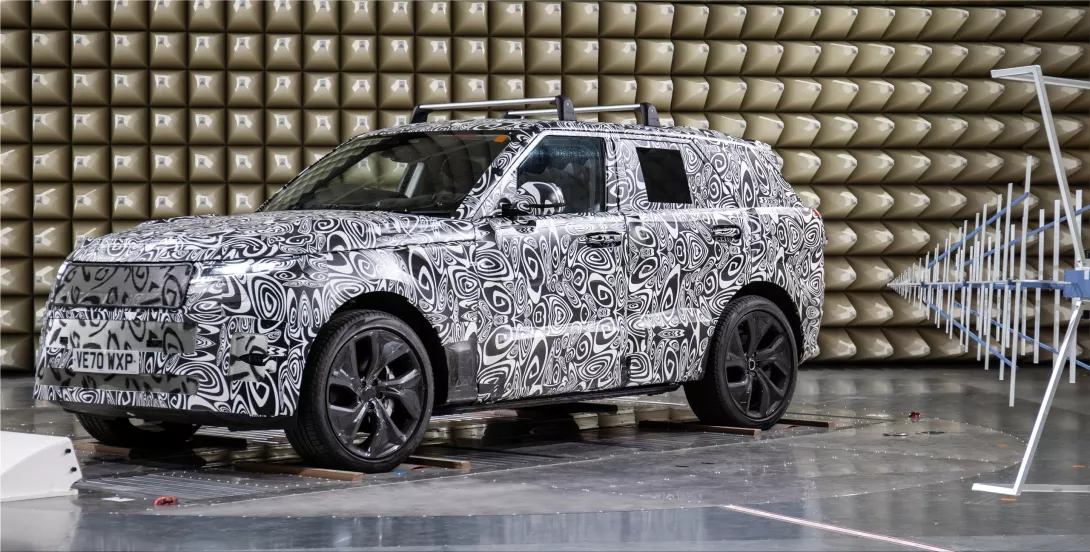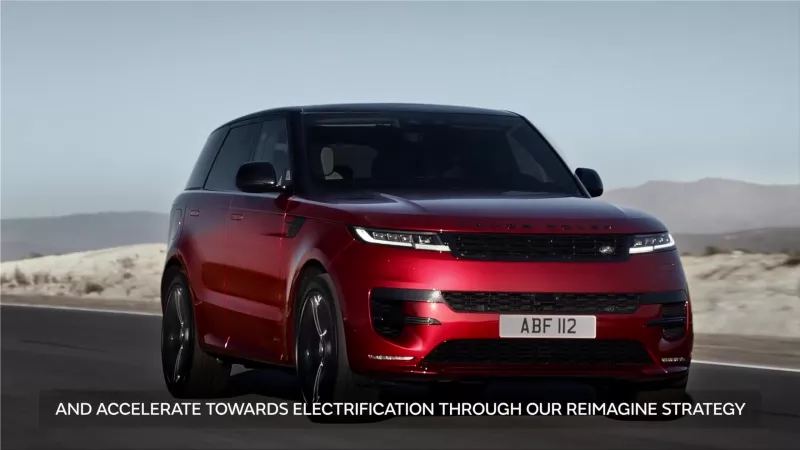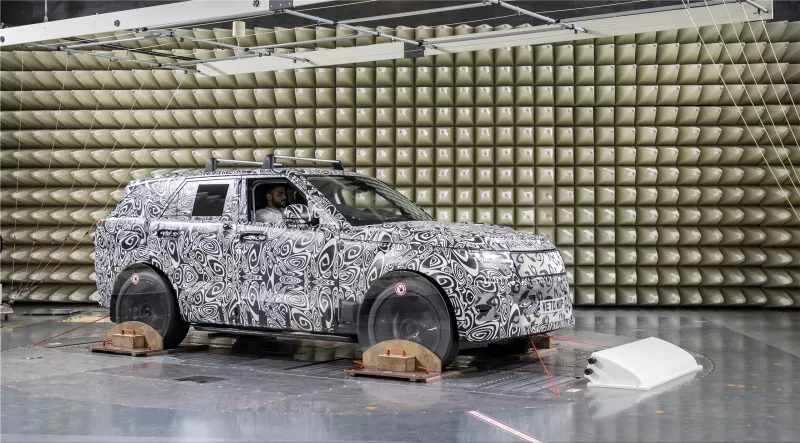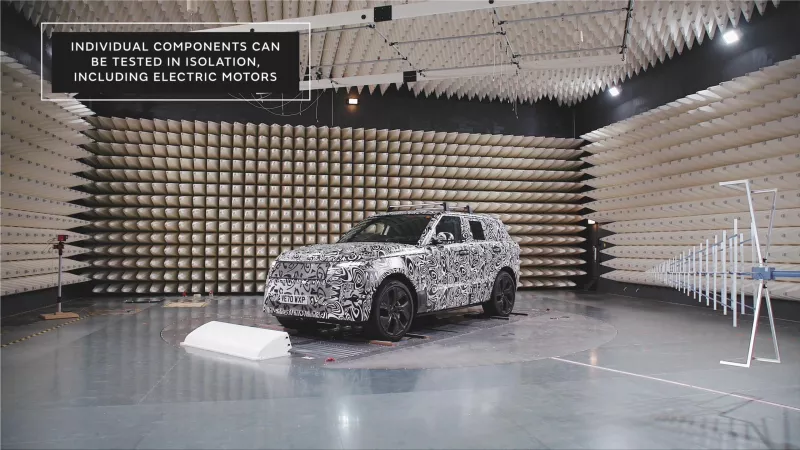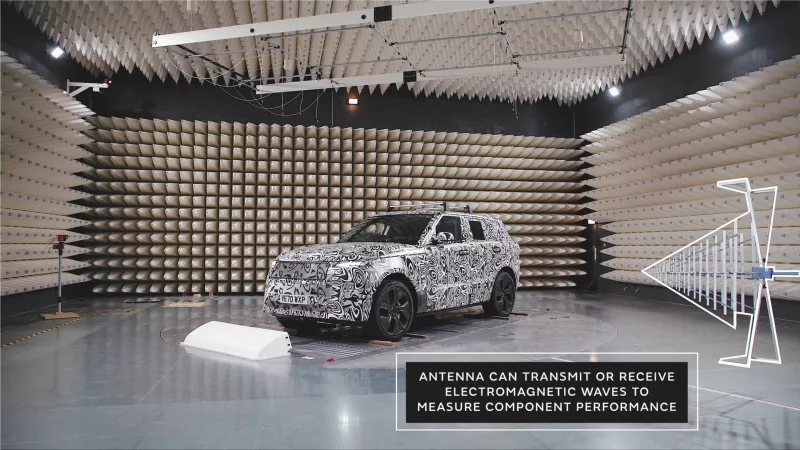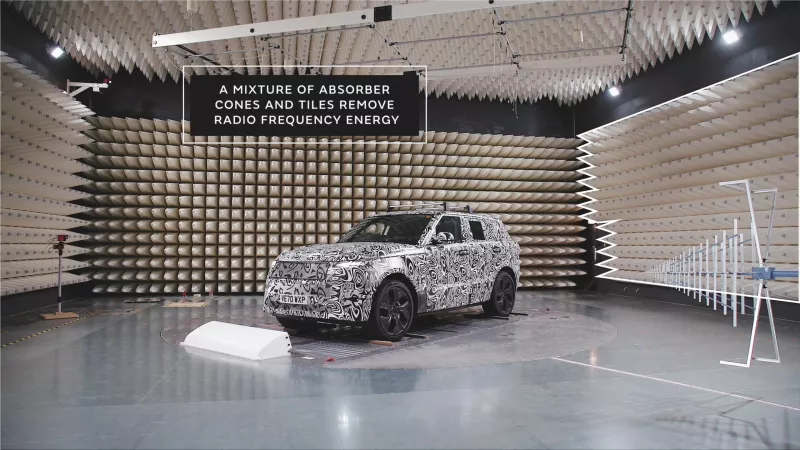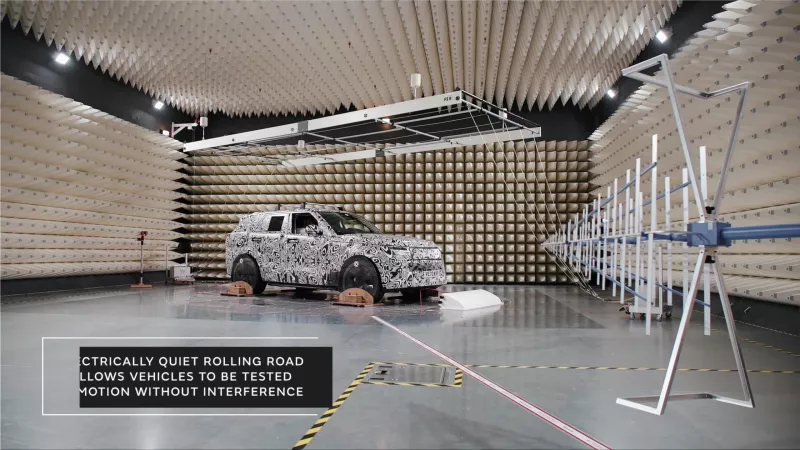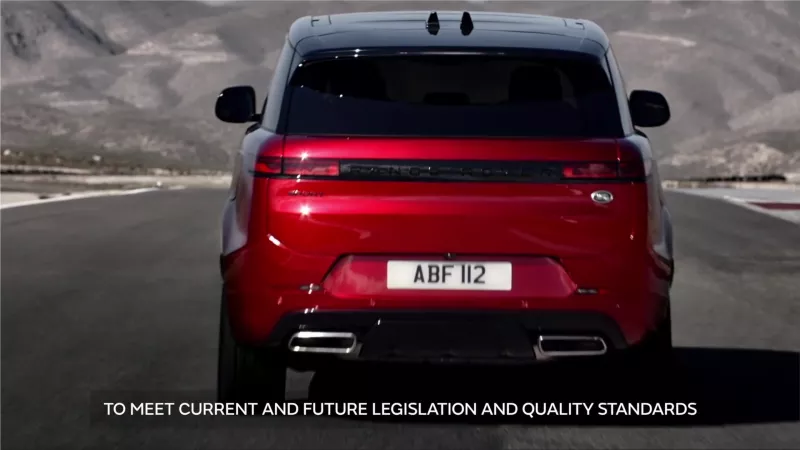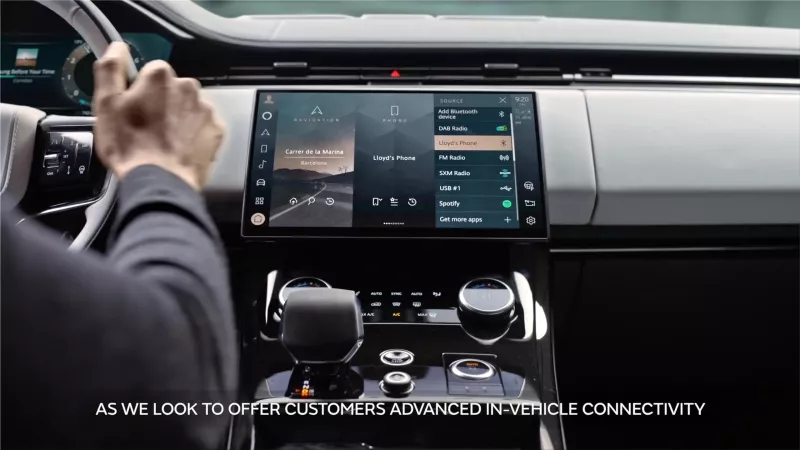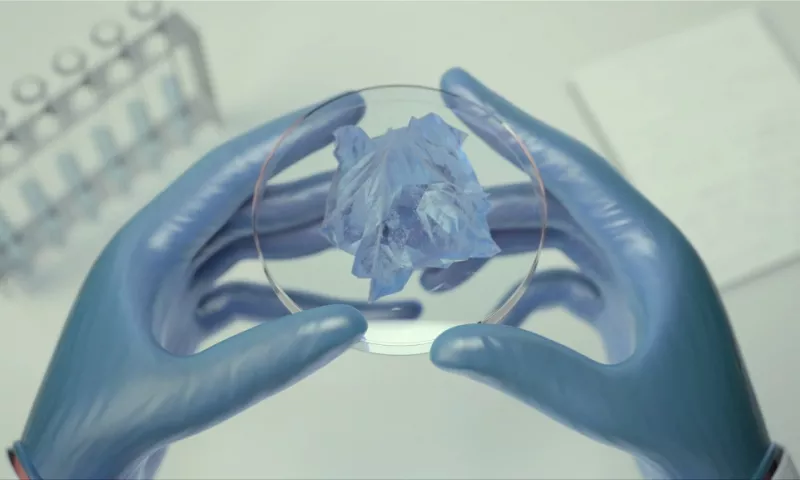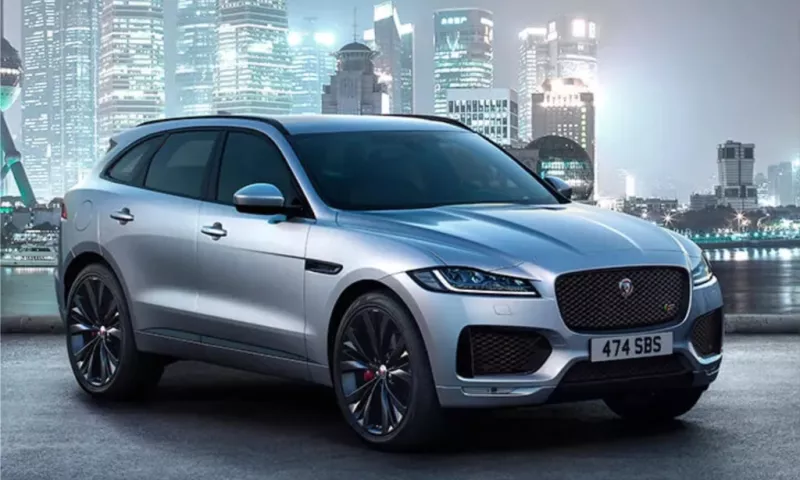Jaguar Land Rover has opened a new place to test its next-generation cars for electromagnetic interference (EMI) and radio frequency interference (RFI). Future cars will meet current and future regulations and quality standards for connectivity and electronics thanks to the Electromagnetic Compatibility Laboratory in Gaydon, England. The Range Rover Sport was the first vehicle to undergo a custom test program unveiled in May at the new test facility.
An essential factor in a car's performance is its ability to function properly in its electromagnetic environment, known as electromagnetic compatibility (EMC). It limits the accidental creation, spread, and reception of electromagnetic energy. This cuts down on the chance of harmful effects like electromagnetic interference.

